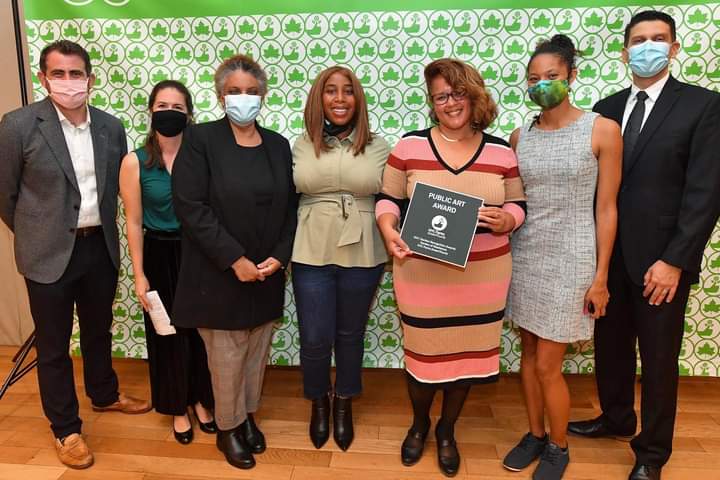Jasmine Williams 7/12/22
Ever had weeds pop up on your lawn or even your garden? Based on Gardentabs.com weeds that you plucked up on your property can regrow within 12 hours, they on average can grow from 1 to 3 inches within a day. Weeds are a pesky part of every gardener’s nightmare and most people use man-made weedkillers to eradicate their population. Even though this may solve one problem, the use of weedkillers can give you a hail of other problems in your garden too.
Weed Killers are used on weeds which are plants, therefore they are labeled as herbicides, and there are two types of herbicides that can be manufactured. The first is selective herbicides that target certain plants to kill, and nonselective herbicides that kill any type of plant. So with non-selective weedkillers, you can be more likely to kill surrounding plants, that’s if the weedkiller “carries over ” in the soil. What “carry over” means is that the weedkiller is not bound to the soil particles, making it possible for the weedkiller to spread through the soil. Based on the article “Persistence of Herbicides in Soil” from Penn State University, the amount of carryover can depend on the physical, chemical, and microbiological composition of the soil.
A high pH, alkaline environment, has the least possibility of weedkillers binding to the soil, and weed killers have a greater opportunity of carrying over in that environment than in soil of a low pH. pH is the measurement of hydronium ions [H+] of [H3O+] in a substance, the greater the hydrogen atoms the pH lowers and the substance is more acidic (i.e lemons). The fewer hydrogen atoms the higher the pH and the substance is more basic (i.e detergent). Also, the more fine your soil is and the more organic matter consisting in it (over 3 percent), the more the weedkiller will hold onto the soil particles, which isn’t good if you have sensitive plants. The chemical structures of some weed killers can also prevent microorganisms in the soil from breaking it down.
So how destructive are weedkillers when they reach your plant? For starters, weedkillers can have different special characteristics that make them unique and kill plants in different ways. Dicamba, a chemical in a wide range of weedkillers, inhibits plant growth and is responsible for sucking the moisture out of plants. Having these weedkillers with these harmful chemicals spread on your plants can be detrimental, and in certain climate conditions can kill almost a whole bed of plants. Based on the research of the University of Minnesota, when the temperature is hot and the heat is dry, weedkillers can carry over to other plants by blowing onto other gardens that are close to yours. So now in the summer, especially with fruits and vegetables being the most vulnerable to herbicide injury(adverse effects from herbicides), it is important to take precautions to protect your growing produce crops. One way that you can do this while decreasing the weed population in your yard is to grow plants native to the area in the garden bed, which will limit the amount of space the weeds will have to pop up. Other ways to prevent any occurrence of your plants dying from herbicides are to avoid spraying products containing growth regulating herbicides, avoid applying weed killer in a hot dry climate, and consult your neighbor about their future use of herbicides in their yard or your future usage of herbicides in your yard. Each of you should tell each other to be considerate when either of you is planning to put down weed killer because it can easily carry over to the other person’s yard.











